It can be fun to breed your own zinnias - Part 53
zen_man
4 years ago
last modified: 4 years ago
Featured Answer
Sort by:Oldest
Comments (103)
Jay 6a Chicago
4 years agozen_man
4 years agolast modified: 4 years agoRelated Discussions
It can be fun to breed your own zinnias - Part 44
Comments (122)CeeKay - Alex, can you let the cuttings stay in the Klone King until the roots are really well developed (say 2 inches or so)? Absolutely. Actually, you want the roots to be pretty well growing (I waited for at least 3 different 1+ inch roots) before you try to transplant or it may not make the transition to potting soil. I lost some things, I believe because I jumped the gun. I didn't buy any, but there's also a special liquid nutrient that is offered for cloning, so the cuttings are getting fed at the same time. I mostly don't see this as necessary unless you were leaving something in the machine for months. I did buy some rooting hormone gel which is made specifically for the clone machines. I had some regular powdered stuff - RootTone, I think it was, but it was old, and when those yellow roses I mentioned just wouldn't root for me, and I was getting antsy to shut the thing down for the end of season, I bought it and that seemed to do the trick. The three cuttings had callused, and eventually probably would have rooted, but that sped them up, thankfully. My other two roses, as mentioned, only took a week to root as opposed to the several weeks the yellow rose took. As for your antique moss rose, I feel pretty confident that you could get successful green cuttings come Spring, using the Klone King or one of the other cloning machines. I can't say whether any of the other machines are any better, but I will say that if you see one with a dome, avoid it. After reading the material, I am in agreement that too much heat would be generated under it because of the heat from the water pump and being under lights. I think, reading that, was what settled me on the Klone King - intuition spoke to me. :) Use some rooting hormone from the beginning, though, to give things the extra edge. I was cocky and thought I wouldn't need it. Another blow to my gardening ego. Sigh. Oh, and there are different sizes - some have only 12 slots for cuttings, I think. I was "in the mode" at the time, and John said: "Go for it!", so I bought the one with 36 slots. Nice, but possibly unnecessary. Wish I'd been "in the mode" about 3 months earlier, though, when I first saw the thing advertised, because by the time I bought it, the price had upped about $25! We're also predicted to get first frost here in the morning. It's been a long season - longest I remember in ages. I have things I need to do outside still, but they are for after the annuals die, so I've been puttering around, twiddling my thumbs waiting. Am not anxious for winter, but am anxious for shutting the garden down for the season, so I can concentrate on other things. Alex, you mentioned a greenhouse- do you ever grow zinnias there? Lucky ZenMan having that sweet setup to grow zinnias in his basement. No, my greenhouse, which is about 8 x 18 ft up against the south side of the house, is not heated. Perennials can overwinter, and many annuals can handle the cold by the time May rolls around and outside temps aren't going into deep freeze for extended periods. As for ZM's basement setup, he'll be the first to tell you that you can have an indoor setup, too with just a shelf or two - or more - and a 4 ft utility light suspended over it. Doesn't have to be anything fancy. You don't have to have temperature controlled germination shelves (sniff), or even high intensity grow lights, etc, etc. My set up is pretty simple, though it's bigger now than it used to be. I have space for 12 flats that are about 16" x 23" and only 6" high. These will hold about 14 6-cell seed starters or 35 (more or less) styrofoam cups which I use instead of plastic pots for various reasons. You could set up a single shelf with one 4 ft light that would handle the equivalent of 2 of these flats worth of plants. That's still alot of plants. And if you wanted to grow some zinnias indoors, you could simply elevate your trays with books or boxes underneath, removing them as the plants grow taller. You getting me? Think I've talked enough. Whew. Alex...See MoreIt can be fun to breed your own zinnias - Part 46
Comments (103)Well, I have missed a bit, I see. Firstly, let me address Sayuri's statement: I assumed most of you guys to be well off retirees. Chuckle, snicker, SNORT! You can definitely leave me out of that assessment - ha! Well, yes, I'm semi-retired, if one can call it that, but far from being well off. Certainly not living in the manner to which I wish I'd become accustomed. But we manage to keep the cats (and ourselves) fed. And I'm a very accomplished scrounger. :) Now, secondly, I don't have a cat walking across my keyboard as I did earlier, but I can't find the pic I'd been thinking about of the newly made beds. Instead, here's a somewhat later photo which shows the raised beds already planted. As you can see, Sayuri, I don't have sides to my beds - I've just shoveled the loose dirt from the paths (after tilling) onto the bed areas, raising them up somewhat. The looser the dirt, the easier it is to scoop it up and pile on the beds. And this area was soft and clear of grass and weeds because it had been under tarps for about a year and a half. I've done this in other areas, but none have worked as well as this, probably because the other spots had poorer, less loamy soil to begin with. You're in a hurry, though, so I get the idea of the herbicide, even if, personally, I can't bring myself to trust a chemical that supposedly kills some plants, but not others. History has proven me wrong, but I still have a problem with the concept. Oh well - whatever. My point is, you can make raised beds without the bother of being fancy about it. I do it every year, though I've been working on this area in particular, using straw mulch, to make it so I never have to till again, or rebuild the beds. I don't have a shot from 2017 corresponding to this exact location, but here's one from July 2017 in a couple of beds that would be to the left of these pictured: You can't really tell, but the beds are still slightly higher than the paths, even after a couple of years. It's because, once built, they never get walked on. They'll be even higher this year because I intend to dump a load of composted manure on them. That may cost a bit, but it will be worth it. Ninecrow - that is one audacious, bodacious snail!!! Wow - have never seen one like it. Cool. Go Gatchaman! Namaste, Alex...See MoreIt can be fun to breed your own zinnias - Part 47
Comments (115)Hi Four, This is an older message thread (Part 47, while Part 51 is current) but I will respond anyway. Yes, in your B photo, the pollen florets are maturing and setting seeds and they probably no longer have nectar for butterflies, so you could could remove that bloom if feeding butterflies is your primary motivation. In your C photo it isn't crucial where on the stem you make the cut.. I would cut down lower on the stem because there isn't any significant advantage to leaving a lot of bare stem on your plant. If you want to make further comments, it would be better to add them to Part 51, which has only 21 comments, while this Part 47 now has well over 100 comments. ZM...See MoreIt can be fun to breed your own zinnias - Part 48
Comments (109)Hi Ninecrow, Yeah, yeah, I know. I created Part 49, but Houzz lost it somehow. I have a Trouble Report in with them, but so far the only response is an automatic "we got your message" response. This was caused by a bug in the Houzz software, and I am not impressed that after 24 hours from reporting the problem, I still have not communicated with a Houzz human being. It will eventually get resolved, and there will be a Part 49. Oddly, the Link that doesn't work for you does work for me. But that is the only way I can access the new Part 49. I may just be accessing it in a local browser buffer. It doesn't show up in the Annuals message list or the Hybridizing message list (which I tagged for Part 49 because multiple forums for a message string is a feature of the new software). Unfortunately, using that feature led to the disappearance of the new Part 49. If I had not chosen to use the new feature, Part 49 would already be there for us. We shall see what we shall see. ZM...See Morezen_man
4 years agolast modified: 4 years agofour (9B near 9A)
4 years agolast modified: 4 years agozen_man
4 years agolast modified: 4 years agofour (9B near 9A)
4 years agolast modified: 4 years agoJay 6a Chicago
4 years agolast modified: 4 years agozen_man
4 years agolast modified: 4 years agoJay 6a Chicago
4 years agolast modified: 4 years agofour (9B near 9A)
4 years agozen_man
4 years agolast modified: 4 years agoJay 6a Chicago
4 years agofour (9B near 9A)
4 years agozen_man
4 years agolast modified: 4 years agozen_man
4 years agolast modified: 4 years agofour (9B near 9A)
4 years agoStigmatized
4 years agozen_man
4 years agolast modified: 4 years agoStigmatized
4 years agolast modified: 4 years agofour (9B near 9A)
4 years agolast modified: 4 years agozen_man
4 years agolast modified: 4 years agoStigmatized
4 years agozen_man
4 years agolast modified: 4 years agoStigmatized
4 years agozen_man
4 years agolast modified: 4 years agofour (9B near 9A)
4 years agoStigmatized
4 years agozen_man
4 years agolast modified: 4 years agozen_man
4 years agolast modified: 4 years agozen_man
4 years agolast modified: 4 years agofour (9B near 9A)
4 years agozen_man
4 years agolast modified: 4 years agofour (9B near 9A)
4 years agozen_man
4 years agolast modified: 4 years agoStigmatized
4 years agoStigmatized
4 years agoStigmatized
4 years agozen_man
4 years agolast modified: 4 years agoStigmatized
4 years agozen_man
4 years agolast modified: 4 years agofour (9B near 9A)
4 years agozen_man
4 years agolast modified: 4 years agoStigmatized
4 years agozen_man
4 years agolast modified: 4 years agofour (9B near 9A)
4 years agoStigmatized
4 years agozen_man
4 years agolast modified: 4 years agofour (9B near 9A)
4 years agozen_man
4 years agolast modified: 4 years agozen_man
4 years agolast modified: 4 years ago
Related Stories
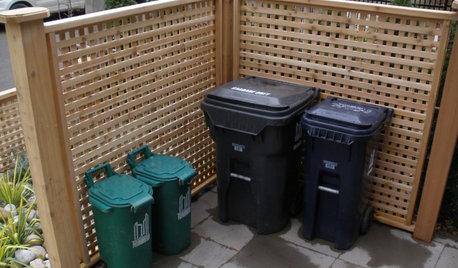
THE POLITE HOUSEThe Polite House: What Can I Do About My Neighbors’ Trash Cans?
If you’re tired of staring at unsightly garbage way before pickup day, it’s time to have some tough conversations
Full Story
PETSWhat Chihuahuas Can Teach Us About Interior Design
Who knew these tiny dogs could be such a huge fount of design tips? Houzzers did
Full Story
GARDENING FOR BUTTERFLIESA Quick-Start Guide to Bird-Watching for Fun and Learning
Set out some seed and grab your field guide. Bird-watching is an easy, entertaining and educational activity for the whole family
Full Story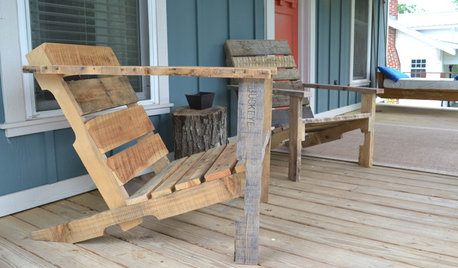
WOODWORKINGBuild Your Own Wooden Deck Chair From a Pallet — for $10!
Take the ecofriendly high road with a low-cost outdoor chair you make yourself
Full Story
INSPIRING GARDENSWhat We Can Learn From Longwood Gardens’ New Meadow
Sustainability, ecology, native plant communities ... this public garden is brimming with lessons on horticulture for home gardeners
Full Story
FARM YOUR YARDHello, Honey: Beekeeping Anywhere for Fun, Food and Good Deeds
We need pollinators, and they increasingly need us too. Here, why and how to be a bee friend
Full Story
DECLUTTERING10 Decluttering Projects You Can Do in 15 Minutes or Less
Try these ideas to get organized at home one small step at a time
Full Story
MOST POPULAR9 Real Ways You Can Help After a House Fire
Suggestions from someone who lost her home to fire — and experienced the staggering generosity of community
Full Story
SMALL HOMESCan You Live a Full Life in 220 Square Feet?
Adjusting mind-sets along with furniture may be the key to happiness for tiny-home dwellers
Full Story
EDIBLE GARDENSHow to Grow Your Own Sweet Summer Crops
This guide will help any gardener get started on growing the freshest warm-season veggies and berries for summer
Full StoryMore Discussions




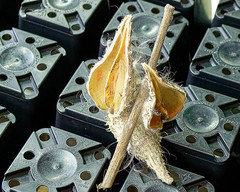
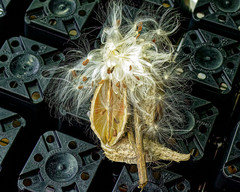
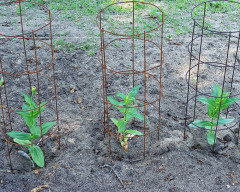

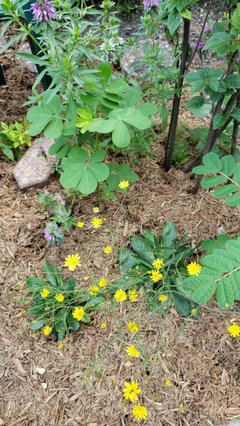
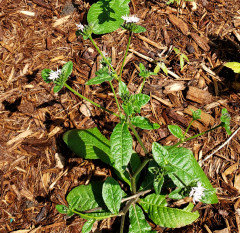
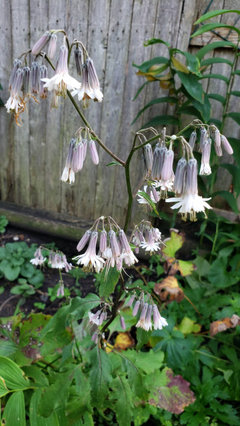
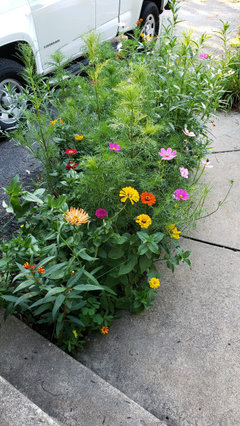
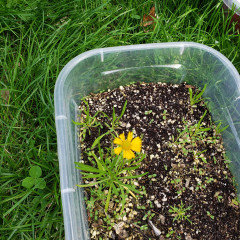
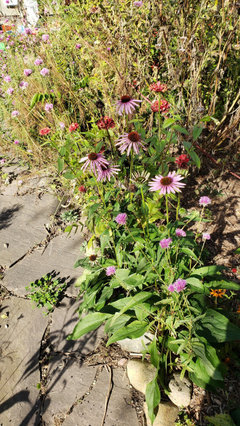
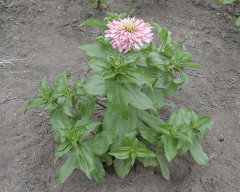
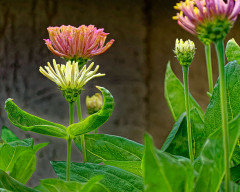
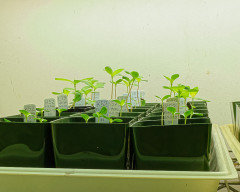
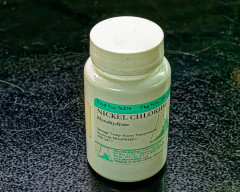
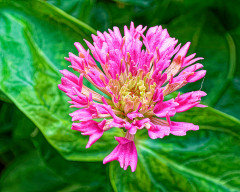
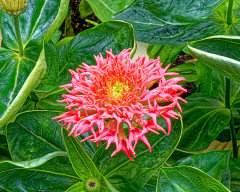
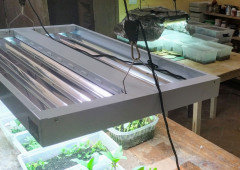
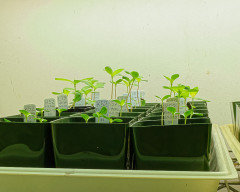
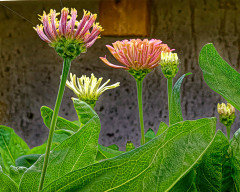
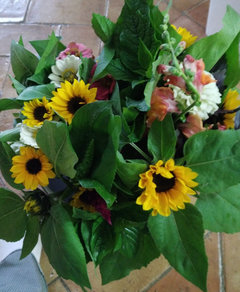



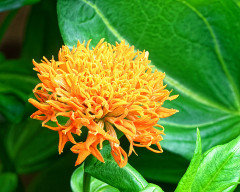
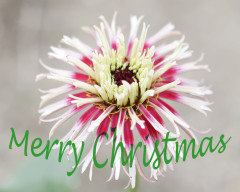
zen_manOriginal Author